 Ancient Man
Ancient Man
Ancient Man
Ancient Man


 Ancient Man
Ancient Man
Ancient Man
Ancient Man

Study the lesson for two weeks.
Over the two weeks:
Activity 1: Narrate the Chapter
Activity 2: Map the Lesson
Study the locations mentioned in the chapter.

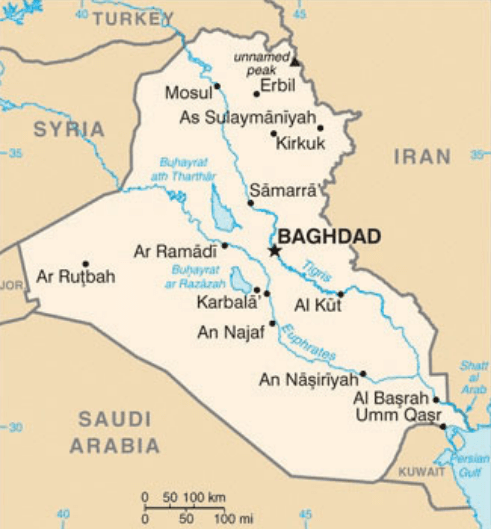
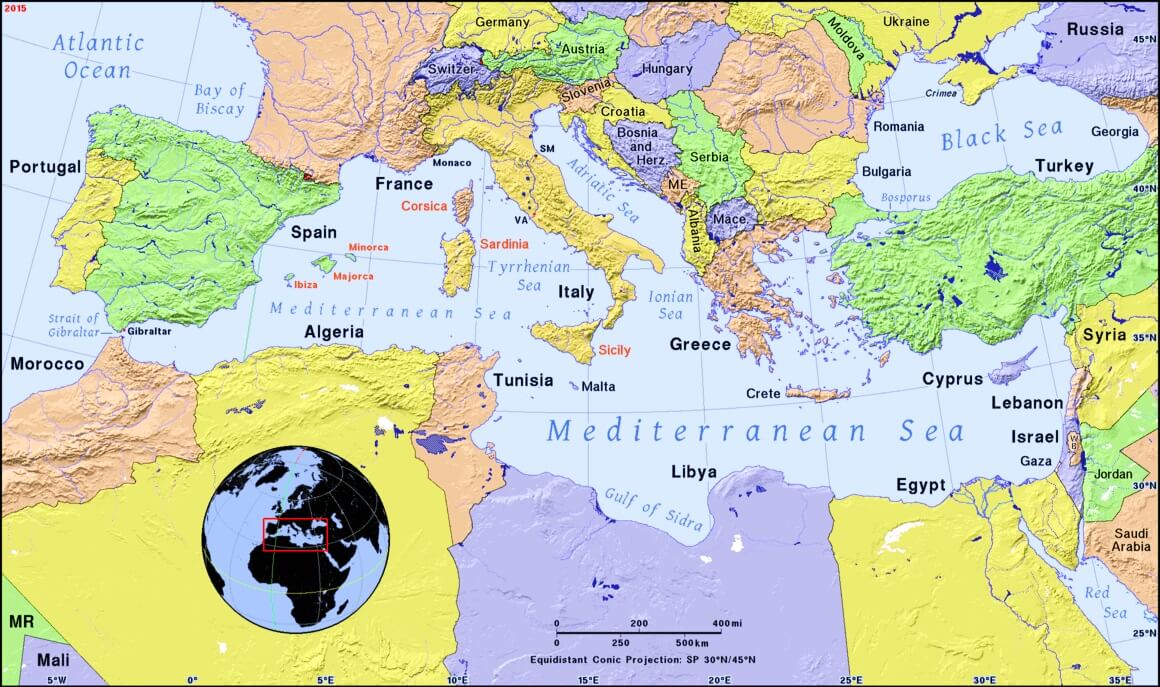
Activity 3: Review Artwork of the Ancient People
Study artwork depicting the groups of people mentioned in the chapter.
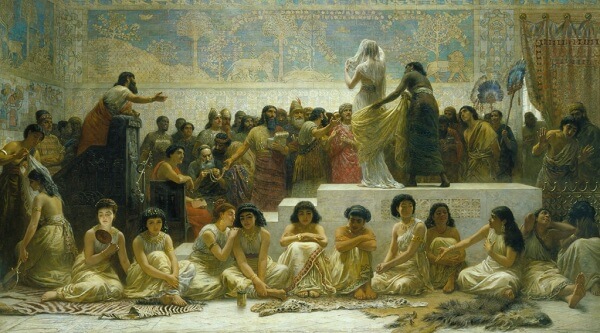
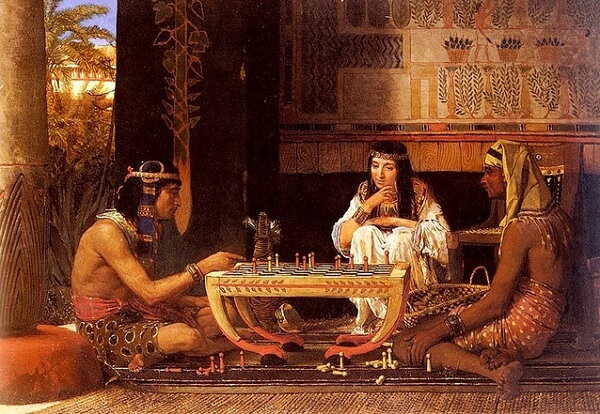
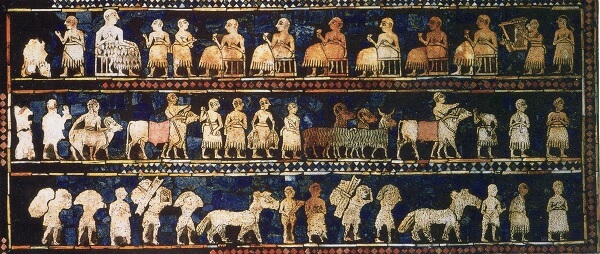
Activity 4: Can You Find It?
Find the following in the picture:

Activity 5: Complete Coloring Pages, Copywork, and Writing
